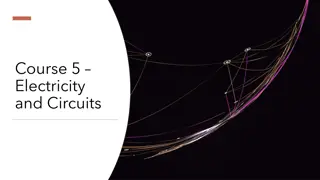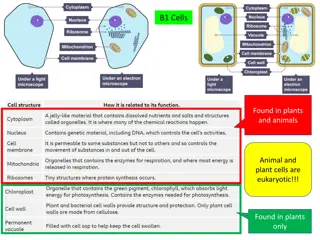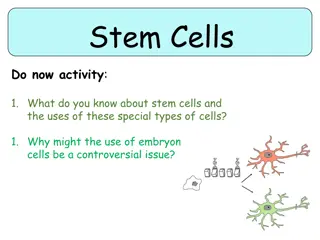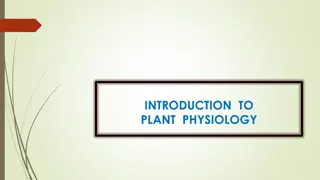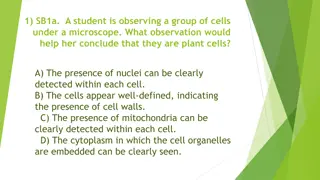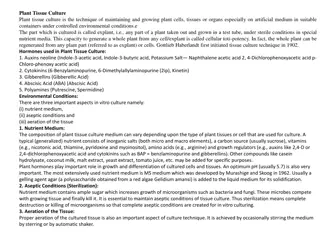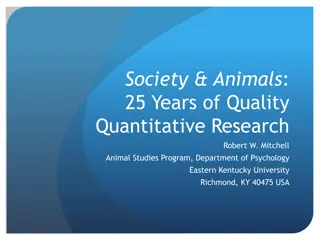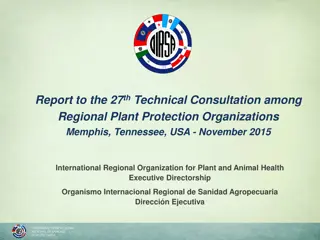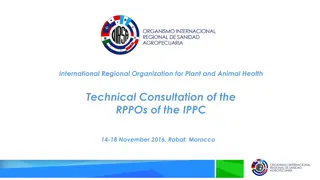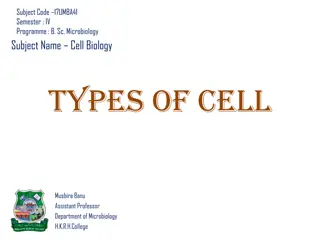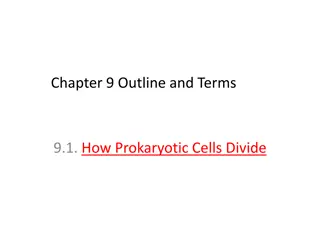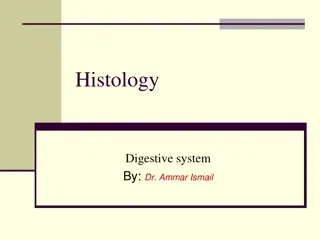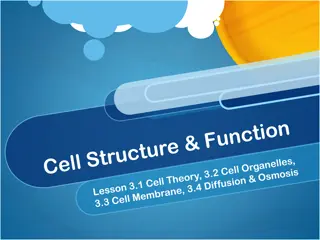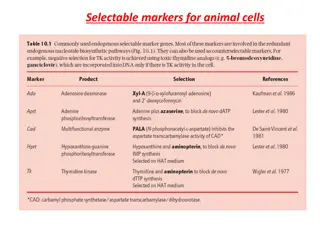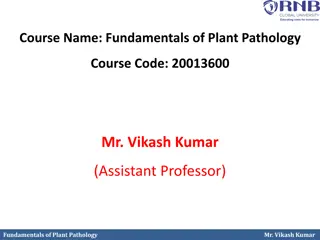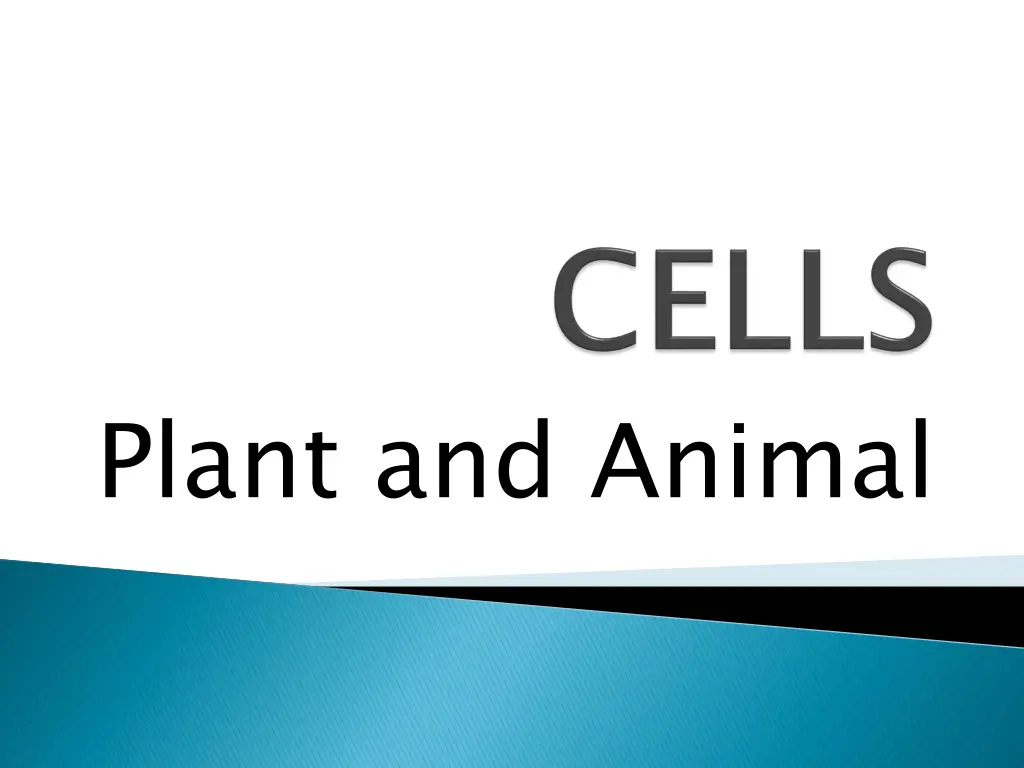
Comparing Organelles in Animal and Plant Cells
Discover the similarities and differences in organelles between animal and plant cells. Learn about the functions and structures of key organelles like the nucleus, mitochondria, chloroplasts, and more. Use this knowledge to create a Venn diagram illustrating the overlap in organelles between these two cell types.
Download Presentation

Please find below an Image/Link to download the presentation.
The content on the website is provided AS IS for your information and personal use only. It may not be sold, licensed, or shared on other websites without obtaining consent from the author. If you encounter any issues during the download, it is possible that the publisher has removed the file from their server.
You are allowed to download the files provided on this website for personal or commercial use, subject to the condition that they are used lawfully. All files are the property of their respective owners.
The content on the website is provided AS IS for your information and personal use only. It may not be sold, licensed, or shared on other websites without obtaining consent from the author.
E N D
Presentation Transcript
Cells are the basic units of function in all living things. Cells in animals and plants have unique forms that allow each to take part in processes that are necessary for the cell and or/living thing to survive.
What is an organelle? Organelles are to cells what organs are to the body. They carry out the individual tasks of gaining and working with energy, as well as directing the overall behavior of the cells. Let s familiarize yourself with the organelles of the animal and plant cell. What is an organelle? Organelles are to cells what organs are to the body. They carry out the individual tasks of gaining and working with energy, as well as directing the overall behavior of the cells. Let s familiarize yourself with the organelles of the animal and plant cell.
Organelles : Nucleus: Function : Contains the DNA and RNA and manufactures proteins In nuclei where ribosomes are synthesized. Membrane of lipids and proteins that surrounds nucleus Structure that appears during mitosis(cell division) Energy producers of the cell Produce proteins Nucleolus: Nuclear Envelope: Centrioles: Mitochondria: Ribosomes:
Golgi Bodies: Chloroplasts: Packages Proteins Involved in photosynthesis (in plants) Stores waste, nutrients, and water Contains digestive enzymes, mostly in animal cells Vacuoles: Lysosome: Endoplasmic Reticulum: Passageway that transports proteins from the nucleus **Rough ER is covered in ribosomes, Smooth ER is not!**
Cell membrane: Semi-permeable lining that surrounds the cell Cell Wall: that surrounds the cell membrane made of cellulose (in plants) Cytoplasm: surrounding the organelles Is a stiff non-living wall Jelly-like material
At this point, I want you to draw a Venn diagram, including an animal cell and a plant cell, in your notebook. (Do Not Look Ahead At the other Slides). Remember your Venn diagram is to look like two circles that overlap each other. You will write the similarities in organelles in the inside circle and the differences in the outside circles.
Plant cells have non- living rigid cell walls Plant cells contain chloroplasts contain chlorophyll green chemical needed for photosynthesis. Plant cells contain a large vacuole never contain large vacuoles. Plant cells are regular in shape; animal cells are irregular in shape. Both contain: Nucleus, Nuclear Envelope, Chromosomes- which carry the genes or the DNA. Cytoplasm Mitochondria Cell membranes Any others? cell walls. chloroplasts which chlorophyll, a vacuole; animal cells Similarities Differences


